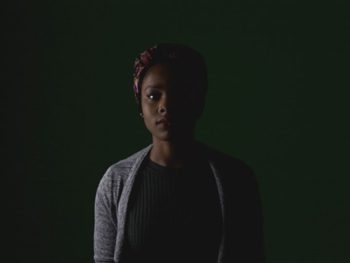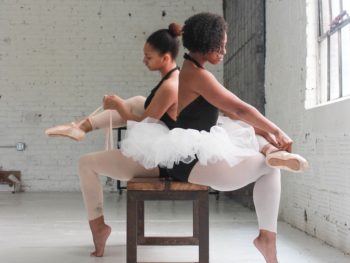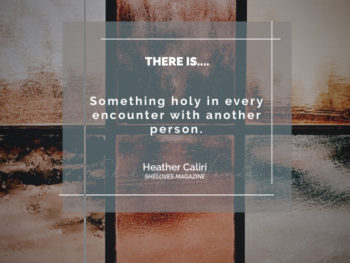
I was 22 when I read Sandra Cisneros’ The House on Mango Street. The book, told from the perspective of a young Latina girl, chronicles the hardships of growing up in a marginalized, impoverished family.
The book was simple like a Zen garden is simple: gorgeous, spare, shimmering. In other words, not simple at all.
I hoped, like Cisneros, to write somehow about my childhood, except I was afraid. After college graduation, I didn’t quite know how to keep writing outside of school.
Reading her book, my heart sank.
I don’t have a story like hers, I thought. By hers I meant the story of an ethnic minority. Cisneros’ voice was so strong, so commanding, I thought that every story needed to be told from the perspective of a poor Latina girl in Chicago.
It’s not fair, I thought, idly.
I was depressed in those days, and though I had legitimate things to be depressed about, my ennui occasionally made a segue into self-pity.
It’s not fair, because I’m just white. Publishers aren’t going to be interested in the story of a plain white girl from the wealthy suburbs.
Twenty years later, I find this thought sadly comical. I’ve learned more about the incredibly white domain of publishing, plus the struggle of minority authors to tell their stories. Even as a woman, I am exactly the kind of person who publishers listen to while people like Sandra Cisneros struggle to get heard. I had no idea what “fairness” meant.
My misguided thought came back to me after #OscarssoWhite, and after “Moonlight” won the Oscar for best picture. It especially surfaced when I read a post on Cosmo about why the snafu onstage said something about equal access and opportunity.
One of the points of the article was this: if we make space at the Oscars for black artists, or Latinos, or Native Americans, there will be less space for white artists. Are white artists ready for that?
I’m at SheLoves today, musing about how to deal with my own fragility as a white artist. Won’t you join me there?














 Dear Awkward: How Do You Stay Sane with a Mentally Ill Person?
Dear Awkward: How Do You Stay Sane with a Mentally Ill Person?